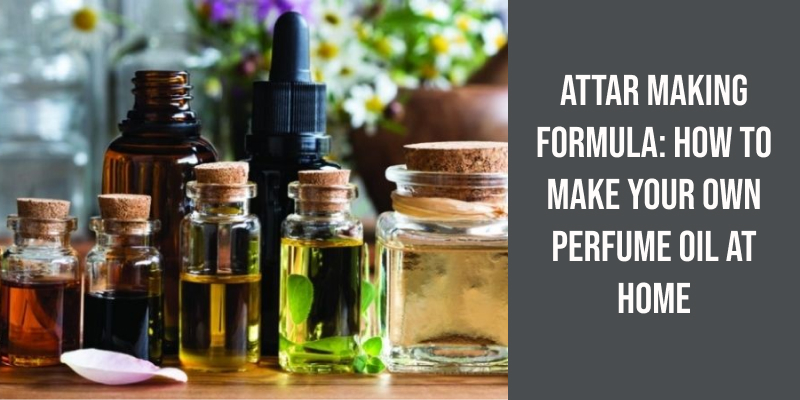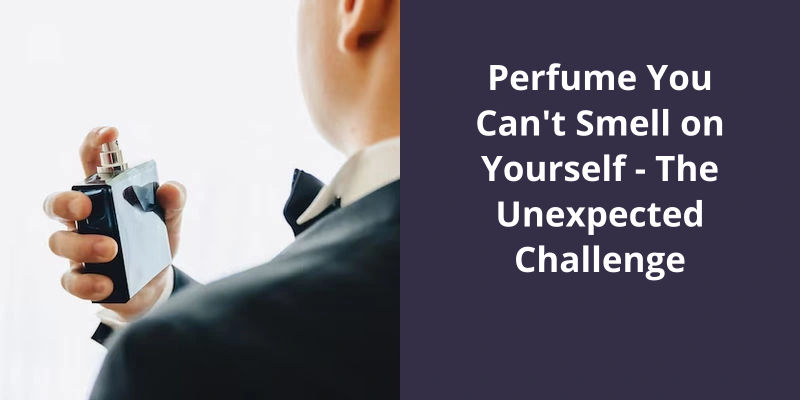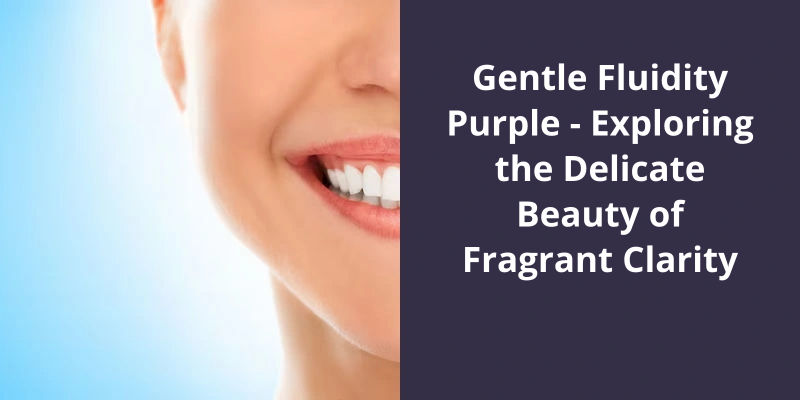The Attar Making Formula begins with selecting the right blend of essential oils. Firstly, you need to decide on your base notes which are usually heavy, long-lasting scents like vanilla or patchouli. Secondly, blend in your middle notes, usually floral or fruity scents to balance the base and lastly, top notes are lightest scents like citrus to give a refreshing start. Use around 20 to 30 drops of base notes, 25 to 30 drops of middle notes, and 10 to 15 drops of top notes. Mix the oils together and let them sit for about 24 to 48 hours, this allows them to meld together. Afterward, dilute the combined oils in jojoba or alcohol in equal parts. Let it age for at least a month before applying on your skin. Always remember to make sure you’re not allergic to any of the oils you’re combining for the attar making formula. Balance is key while making your own perfume, you want all notes to harmonize perfectly.

What Is the Attar?
Attar, also known as ittar, is a type of highly concentrated perfume oil derived from natural botanical sources. It is a traditional form of fragrance that has been used for centuries, particularly in the Middle East, South Asia, and Southeast Asia. Attars are prized for their rich and complex aromas, often featuring the scents of various flowers, woods, spices, and other aromatic materials.
Key features of attar include:
Natural Ingredients: Attars are made entirely from natural ingredients obtained from flowers, herbs, spices, and other botanical sources.
Longevity: Due to their concentration and use of natural ingredients, attars tend to have impressive longevity on the skin.
Complexity: Attars often have rich and complex scent profiles, with multiple layers of aromatic notes that unfold over time.
Unique Aromas: Each attar is distinct, reflecting the specific botanical sources and the expertise of the perfumer who crafted it.
Traditional Craftsmanship: The art of making attars is a traditional craft that has been passed down through generations, with each perfumer having their unique techniques and recipes.
Attars are commonly used as personal fragrances, and they are also used in various cultural and religious practices, including weddings, religious ceremonies, and festivals. They are highly valued for their natural and traditional appeal, and many attars have deep cultural significance in the regions where they are produced.
Popular botanical sources used to create attars include roses, jasmine, sandalwood, oud (agarwood), saffron, vetiver, and various spices. Each botanical source contributes its unique scent and characteristics to the final attar, resulting in an exquisite and captivating fragrance experience.
How to Make Your Own Perfume Oil at Home?
Making your own attar, also known as perfume oil or fragrance oil, at home can be a rewarding and creative process. Attars are highly concentrated aromatic oils derived from natural ingredients and can be personalized to your preferences. Here’s a general formula and steps to make your own attar at home:
Ingredients:
Carrier Oil: Choose a carrier oil like jojoba oil, sweet almond oil, or fractionated coconut oil. Carrier oils act as a base and dilute the essential oils, making them safe for use on the skin.
Essential Oils: Select your preferred essential oils or essential oil blends to create the desired fragrance. You can use single essential oils or mix various oils to achieve your desired scent.
Instructions:
Ratio: For a balanced attar, start with a 3-5% dilution of essential oils in the carrier oil. For example, for every 5ml of carrier oil, use 3-5 drops of essential oil. Adjust the ratio based on your preference and the strength of the essential oils you choose.
Mixing: In a clean and sterile glass bottle or vial, combine the carrier oil and essential oils. Cap the bottle tightly and shake well to ensure thorough blending.
Aging: Allow the attar to age and mature for at least a few days or up to a few weeks in a cool, dark place. During this time, the scents will blend and develop more complexity.
Straining (optional): If you prefer a smoother texture, you can strain the attar after aging. Use a fine-mesh strainer or cheesecloth to remove any particles or undissolved oil.
Bottling: Once the attar has aged to your satisfaction, transfer it into a suitable and airtight glass perfume bottle. You can also add a rollerball or dropper cap for easy application.
Labeling: Don’t forget to label your homemade attar with the fragrance name and date of creation.
Safety Precautions
- Always perform a patch test on a small area of skin before applying the attar to ensure you are not allergic to any of the ingredients.
- Essential oils are potent and should be used in moderation. Some oils may cause skin sensitivity, so be cautious with the number of drops you use.
- Avoid contact with eyes and mucous membranes. If irritation occurs, discontinue use and seek medical advice.
Remember that creating your own attar allows for experimentation and personalization, so feel free to adjust the ingredients and ratios according to your preferences. Have fun and enjoy the process of creating your unique and signature scent!
The History and Cultural Significance of Attar in Different Regions and Religions
- Attar (perfume oil) has been an important part of Middle Eastern culture for centuries.
- The ancient Persians were known for their use of attar in both medicine and perfumery.
- Attar is also significant in Islamic culture, where it’s used in religious rituals and as a symbol of purity.
- In Hinduism, attar is used in traditional Ayurvedic medicine and is believed to have spiritual and healing properties.
- Attar production varies by region, with popular ingredients including rose, jasmine, and sandalwood.
- The art of attar-making has been passed down through generations and is considered a highly skilled and respected craft.
- Today, attar remains an important part of many cultures and is enjoyed for it’s beautiful aroma and historical significance.
Attar, also known as ittar, has been used for centuries in various cultures as a natural perfume, and it’s making a comeback in today’s world. But before you start using it, you might be wondering if it’s safe for your skin. The good news is that attar is natural and alcohol-free, making it safe for direct skin application. Keep reading to learn more about the different types of attar and their effects on the body.
Is Attar Safe to Use?
Warm attars, also known as hot attars, are those that have a warming effect on the skin. These attars are typically made from spices like cinnamon, clove, and nutmeg, and they’re believed to help improve circulation and stimulate the body. They’re also thought to be helpful for people who suffer from joint and muscle pain, as well as for those who’ve cold hands and feet.
These attars are also said to be helpful for people with headaches and migraines, as well as for those who suffer from anxiety and stress.
Despite the fact that attar is a natural product, it’s still important to be cautious when using it. It’s always recommended to do a patch test before using any new product, especially if it’s going to be applied directly to the skin. This will help to ensure that you don’t have an allergic reaction to the product.
Additionally, it’s important to purchase your attar from a reputable seller, as some attars may be adulterated or contaminated with harmful substances. Make sure to read customer reviews and do your research before making a purchase.
It’s natural and alcohol-free formulation makes it a great alternative to traditional perfumes and fragrances, and it’s warming and cooling properties make it a versatile product for a variety of different health concerns. Always be cautious when trying new products and do your research to ensure that you’re getting a high-quality product.
The History of Attars and Their Traditional Uses in Different Cultures
Attars are natural fragrances derived from plant materials or animal sources. They’ve a long history in different cultures, dating back to ancient times. Traditionally, attars have been used for a variety of purposes including perfuming, medicinal purposes, spiritual practices, and as an essential ingredient in traditional Ayurvedic medicine. Different cultures have their own unique methods of attar preparation, with some using steam distillation and others using cold pressing. Despite modern advances in fragrance technology, attars continue to be highly valued and used in traditional practices around the world.
As the popularity of attar continues to spread to different parts of the world, many are curious about the quality and composition of this traditional fragrance. One common question that arises is whether attar contains chemicals or other synthetic ingredients. Let’s dive deeper into this topic to better understand what makes attar unique and why it’s a preferred choice for many fragrance enthusiasts.
Does Attar Have Chemicals?
It’s important to note that attars are different from synthetic perfumes which may contain harmful chemicals like phthalates, parabens, and synthetic musks. True attars are made from natural essential oils that are extracted from plants such as flowers, herbs, spices, and woods. The extraction process is usually through steam distillation or hydro-distillation, and the oils are blended together to create a unique fragrance.
The use of attar in aromatherapy has gained a lot of traction in recent years. These natural fragrances are believed to have therapeutic benefits for the mind and body. Attars such as rose, jasmine, and sandalwood are known for their calming and relaxing properties which can help to reduce stress and anxiety. Other attars like frankincense, myrrh, and lemon can help boost energy levels and improve concentration.
The purity of the attar is very important in ensuring it’s effectiveness and safety. Adulterated attars that contain synthetic fragrances or chemicals can cause skin irritation, allergies, and other adverse effects. Therefore, it’s essential to purchase attars from reputable sources and verify their authenticity.
They’re gaining popularity around the world for their therapeutic benefits and unique scents. The importance of ensuring their purity and authenticity can’t be overstated in order to maintain their therapeutic and safe qualities.
Conclusion
In conclusion, making attar at home is a simple process that requires only a few basic ingredients and supplies. By using a carrier oil, essential oil of your choice, glycerin, clean water, and a roll-on or other storing bottle, you can create a unique and personalized fragrance that’s both affordable and natural. The art of attar-making dates back centuries and continues to be a popular practice among those seeking authentic and high-quality fragrances. With this easy formula, anyone can experience the joy and satisfaction of creating their own attar at home.





